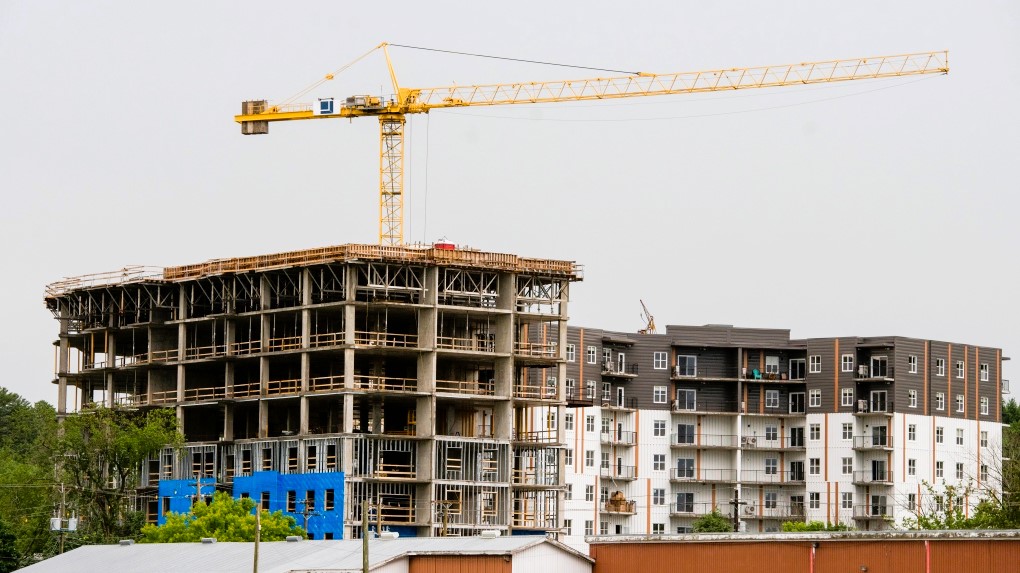Economic Impact of the Construction Industry in Canada
The construction industry plays a pivotal role in Canada’s economy, contributing significantly to employment, investment, and economic growth. This article explores the profound economic impact of the construction industry in Canada, highlighting its multifaceted contributions to the nation’s prosperity and development.
The Construction Industry in Canada: An Overview
The construction industry in Canada encompasses a wide range of activities, including residential, commercial, industrial, and infrastructure projects. It involves the planning, design, construction, and maintenance of buildings, transportation systems, utilities, and more. The industry is composed of various stakeholders, including construction companies, contractors, architects, engineers, suppliers, and laborers.
Key Economic Indicators

To understand the economic significance of the construction industry in Canada, let’s examine some key indicators:
1. Employment
The construction industry is a major employer in Canada. It provides jobs for a diverse workforce, including skilled tradespeople, engineers, project managers, and administrative staff. The industry’s demand for labor fluctuates with economic conditions and the volume of construction projects.
2. Contribution to GDP
The construction industry makes a substantial contribution to Canada’s Gross Domestic Product (GDP). It generates economic value through the creation of infrastructure, buildings, and related services. The industry’s performance is closely linked to economic cycles, with periods of expansion and contraction.
3. Investment and Capital Formation
Construction projects require substantial investments in materials, equipment, and labor. These investments stimulate economic activity and contribute to the formation of capital assets, which have long-term economic value. Infrastructure investments, in particular, play a vital role in enhancing Canada’s economic competitiveness.
4. Government Expenditure
Government agencies at various levels (federal, provincial, and municipal) are major clients of the construction industry. Public-sector investment in construction projects, such as roads, bridges, schools, and hospitals, has a direct impact on industry performance and economic growth. Innovative technologies that transform the analysis of construction data, see our link for more details.
Economic Impact Drivers
The construction industry’s economic impact extends beyond the direct contributions mentioned above. Several factors drive its influence on the Canadian economy:
1. Multiplier Effect
The construction industry has a powerful multiplier effect on the economy. Every dollar spent on construction generates additional economic activity as workers and businesses in other sectors benefit from the industry’s demand for goods and services. This ripple effect amplifies the industry’s economic impact.
2. Supply Chain
Construction projects require a vast array of materials, including steel, concrete, lumber, and specialized components. The supply chain for these materials involves manufacturers, wholesalers, and retailers, contributing to economic activity in multiple sectors.
3. Innovation and Technology Adoption
The construction industry is increasingly adopting innovative technologies, such as Building Information Modeling (BIM), drones, and advanced construction equipment. This innovation fosters growth in the technology sector and enhances productivity in construction, leading to economic gains.
4. Housing Market
The residential construction sector significantly influences the housing market, impacting property values, mortgage lending, and real estate services. The housing market, in turn, affects household wealth and consumer spending, driving economic growth.
Case Study: Infrastructure Investment
A notable example of the construction industry’s economic impact is infrastructure investment. When governments allocate funds for infrastructure projects, such as the construction of new highways, bridges, or public transit systems, it leads to several economic benefits:
- Job Creation: Infrastructure projects create jobs in construction, engineering, design, and project management.
- Business Growth: Construction companies and suppliers experience increased demand, leading to revenue growth and expansion.
- Productivity Gains: Improved infrastructure enhances transportation efficiency, reducing travel times and costs for businesses and commuters.
- Enhanced Competitiveness: Modern infrastructure supports economic competitiveness by facilitating the movement of goods and services.
Future Trends and Challenges

While the construction industry remains a vital economic driver in Canada, it faces several challenges and opportunities:
- Sustainability: The industry is increasingly focused on sustainability, with green construction practices and energy-efficient designs gaining prominence.
- Technology Integration: Continued adoption of technology and data-driven construction practices will drive productivity gains and economic benefits.
- Skilled Labor Shortages: The industry faces challenges related to the recruitment and retention of skilled labor, which could impact project timelines and costs.
- Infrastructure Needs: Addressing Canada’s infrastructure needs, particularly in transportation and housing, will require substantial investments and planning.
Conclusion
The construction industry in Canada is a significant contributor to the nation’s economic well-being. Its far-reaching impact extends from job creation and GDP growth to infrastructure development and innovation. As Canada continues to evolve and grow, the construction industry will remain a cornerstone of economic development and prosperity.
For more information on the construction industry’s economic impact and related standards, visit Construction Industry Standards – Canada.ca.
